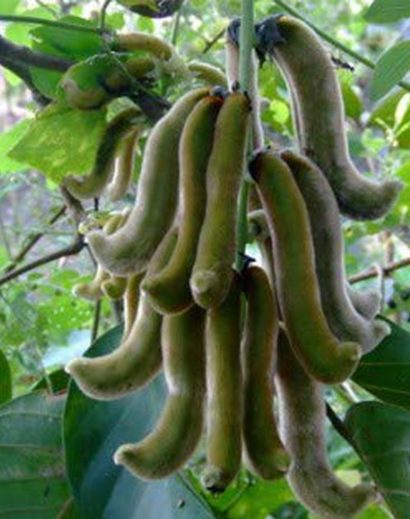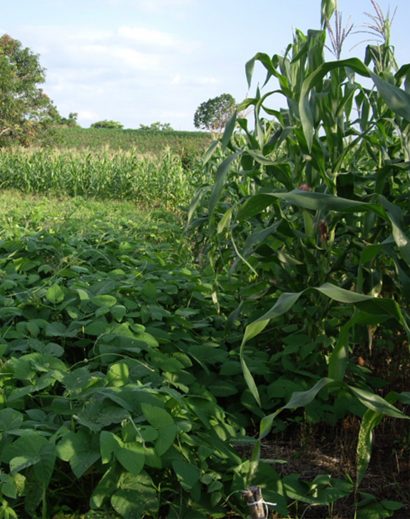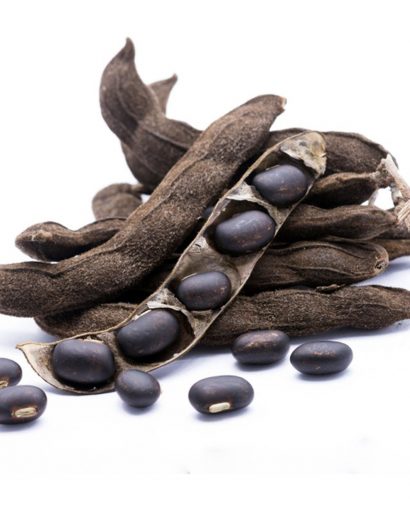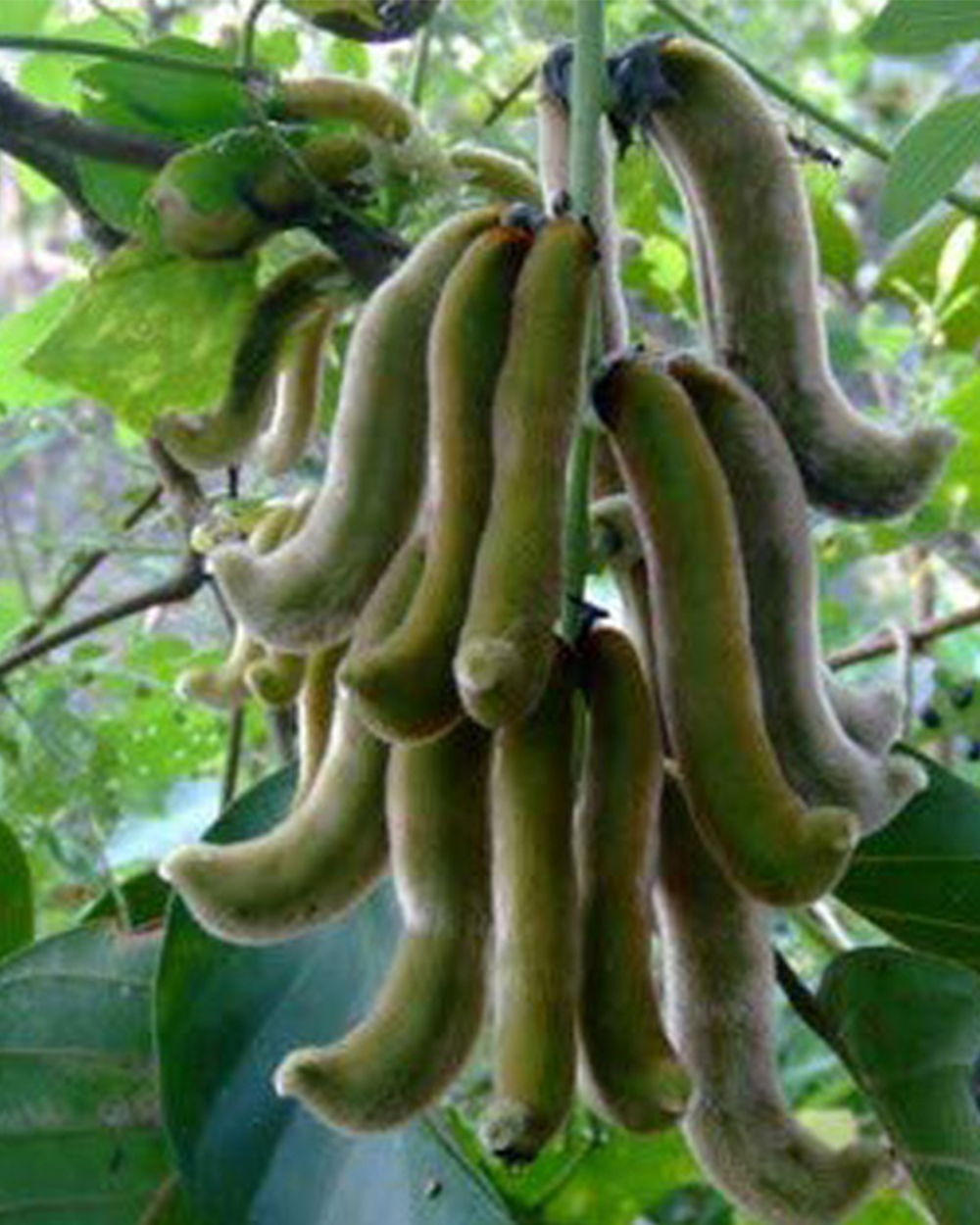Velvet beans, also known as Mucuna pruriens, are a type of legume native to tropical and subtropical regions of Africa and Asia. They are commonly grown in countries such as India, Nigeria, and Brazil. Velvet beans are known for their unique characteristics and have various uses and benefits:
- Soil Improvement: Velvet beans are often used as cover crops in agriculture to improve soil fertility. They have the ability to fix atmospheric nitrogen, which enriches the soil with this essential nutrient. As a result, they are used in crop rotation systems to enhance the productivity of subsequent crops.
- Sustainable Agriculture: Velvet beans can be grown in marginal lands and have drought-resistant properties, making them suitable for sustainable agriculture practices in regions with challenging environmental conditions.
- Pest Control: The velvet bean plant has natural pest-repellent properties due to the presence of certain compounds. Some farmers use velvet beans as a natural alternative to chemical pesticides to protect their crops.
- Livestock Feed: In some regions, velvet beans are used as animal fodder. They can provide a valuable source of nutrition for livestock.
It’s important to note that velvet beans contain certain compounds, such as tannins and alkaloids, that can be toxic if not prepared or processed properly. Traditional methods of soaking, boiling, and fermentation are often used to remove these harmful compounds before consumption.





Reviews
There are no reviews yet.